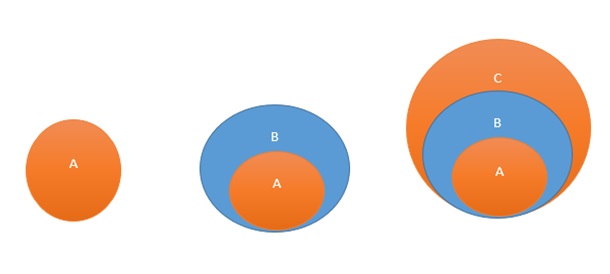Home »
Software Engineering
Evolutionary Model in SDLC
In this tutorial, we will learn about the prototyping model in software life cycle model (SDLC).
By Monika Sharma Last updated : April 05, 2023
What is Evolutionary Model?
The evolutionary model was proposed while keeping in mind that the nature of the software is evolving, i.e. with the passage of time and demand of the customers, necessary changes need to be made in the software from time to time. So, every successive version of the software will be an enhanced version of the previous one. But this type of scenario was not possible with the traditional software lifecycle models known till then. According to the traditional models (like the classical waterfall model), once the software is completely developed, it can only be maintained for the errors and faults that may occur while working with the software. There was no scope for upgrading the software once developed. So, to overcome this problem, the evolutionary model was proposed.
In the evolutionary model, the software is developed in an incremental manner module after module. What this means is that the software is first broken down into modules. These modules can be developed in such a way that on adding every module to the software, the newer version of the software comes into existence which can perform and function better than the previous version. Hence, the evolutionary model is also called as the Incremental Model.

Different versions of a software according to the evolutionary model (A type of software lifecycle model)
Evolutionary Model Characteristics
The following are the characteristics:
- The developers (or the development team) first develops the core modules of the software which acts as the initial version of the software.
- The successive modules of the software are integrated with the core modules and these modules together form the next version of the existing software.
- Each module of the software can be developed using any of the software lifecycle models available, like the iterative waterfall model which is most commonly used.
- Each version of the software is a fully functional software which is capable of performing the specified tasks.
- This model is useful only for large software where there is a need to make successive updates in the software from time to time.
Advertisement
Advertisement